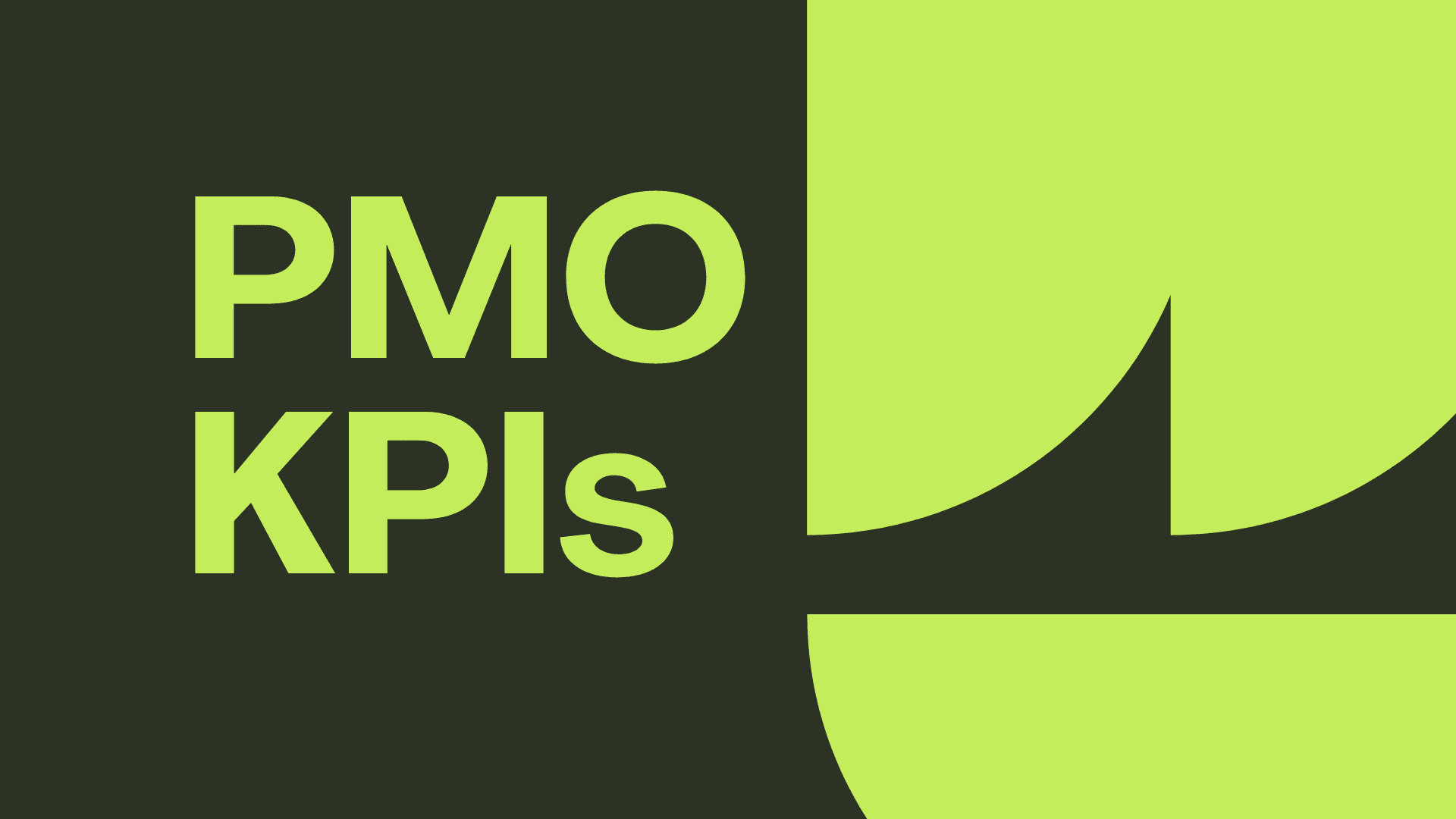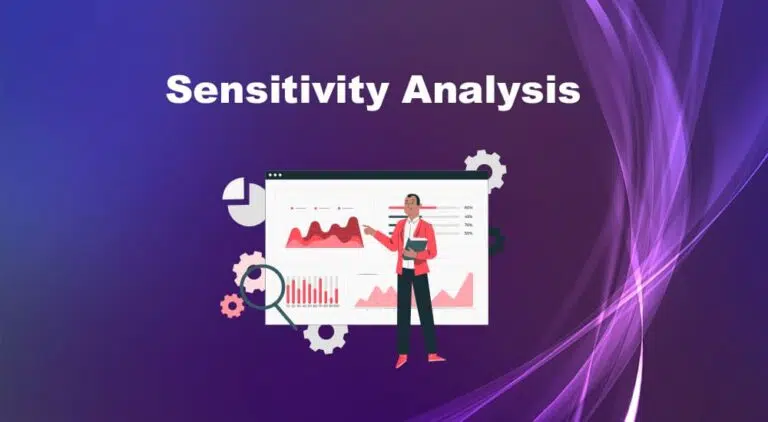Organizations use PMO KPIs to track the project management office’s performance. A PMO manages many projects, and their performance is the result of all their projects, programs, and portfolios.
The impact is huge, so businesses must keep a close watch on the project management office’s KPIs.
In today’s blog post, we will learn the top nine PMO KPIs you must watch for your PMO.
But first, let’s understand the KPIs and the business needs them.
What is a KPI?
Key Performance Indicators (KPIs) are measurable values that show the success of an organization in achieving its objectives. They help assess performance and help make decisions.
A few common project management KPIs are project completion time, budget adherence, stakeholder satisfaction, etc. KPIs provide an easy way to assess progress and identify issues. By actively tracking KPIs, you can make informed decisions, allocate resources effectively, and ensure that the project aligns with organizational objectives.
Timely monitoring of KPIs enhances project efficiency, enabling teams to meet deadlines and deliver quality outcomes. Monitoring KPIs lets you proactively adjust strategies, ensuring planned progress and continuous improvement.
Why Does a PMO Need KPIs?
Organizations need KPIs to track the PMO performance and improve it.
PMO KPIs provide measurable information on project performance and allow stakeholders to track project timelines, budget adherence, resource utilization, etc. PMO KPIs help identify areas for improvement and help uncover risks and uncertainty.
PMO leaders need KPIs to show the stakeholders that project performance under the PMO is better than managing them alone. It helps the PMO get stakeholders’ buy-in and shows them that the longer they use PMO services, the more benefits they will realize.
Top 9 PMO KPIs
The following are the top 9 PMO KPIs:
- Number of Resources Deployed: This KPI measures the total resources (e.g., human, machine, and material) invested in projects to ensure optimum resource utilization. It shows the extent of resource utilization across all projects and allocates them optimally.
- Percentage of Projects Aligned with the Organizational Strategy: This KPI measures how well individual projects align with the organizational goals. A higher percentage indicates a stronger strategic alignment, thus emphasizing the projects’ contribution to overall organizational success.
- Percentage of Benefits Delivered to Organization Per Year: This KPI quantifies the yearly delivery of tangible benefits from completed projects. It provides a clear metric to assess the positive impact and value creation achieved by the projects.
- Number of People Working on Multiple Projects: This KPI counts all team members concurrently engaged in multiple projects. This KPI offers insights into resource distribution and workload management, thus identifying potential bottlenecks and optimizing resource allocation.
- Percentage of Completed Vs Canceled Projects Within the Given Duration: This KPI compares the number of completed projects to those canceled within a given timeframe. It indicates project success rates and the effectiveness of project selection and execution.
- Time Gap Between Project Proposal and Activation: This KPI measures the duration from project proposal submission to activation, thus highlighting the efficiency of decision-making and initiation processes and contributing to timely project execution.
- Percentage of Project Dependencies Resolved: This KPI evaluates the efficiency of managing and resolving dependencies between projects. A higher percentage indicates proactive handling of interdependencies, which reduces delays and bottlenecks.
- Percentage of Projects Completed Within the Given Duration: This KPI counts the proportion of projects completed within the planned timeframe. This KPI emphasizes meeting project deadlines for timely delivery and project/portfolio management.
- Percentage of Projects Completed Within the Given Budget: This KPI measures the proportion of projects within allocated budgets. It highlights financial discipline and the effectiveness of cost estimation and control measures in project management.
Summary
The PMO KPIs mentioned in this post provide actionable insights into resource utilization and overall project performance. By consistently monitoring and optimizing KPI metrics, organizations can enhance decision-making processes, manage risk proactively, achieve better project success rates, and promote a culture of accountability and excellence in project management.

I am Mohammad Fahad Usmani, B.E. PMP, PMI-RMP. I have been blogging on project management topics since 2011. To date, thousands of professionals have passed the PMP exam using my resources.








Fantastic breakdown of the top PMO KPIs! Your article offers valuable insights for tracking PMO performance effectively. Thanks for sharing!